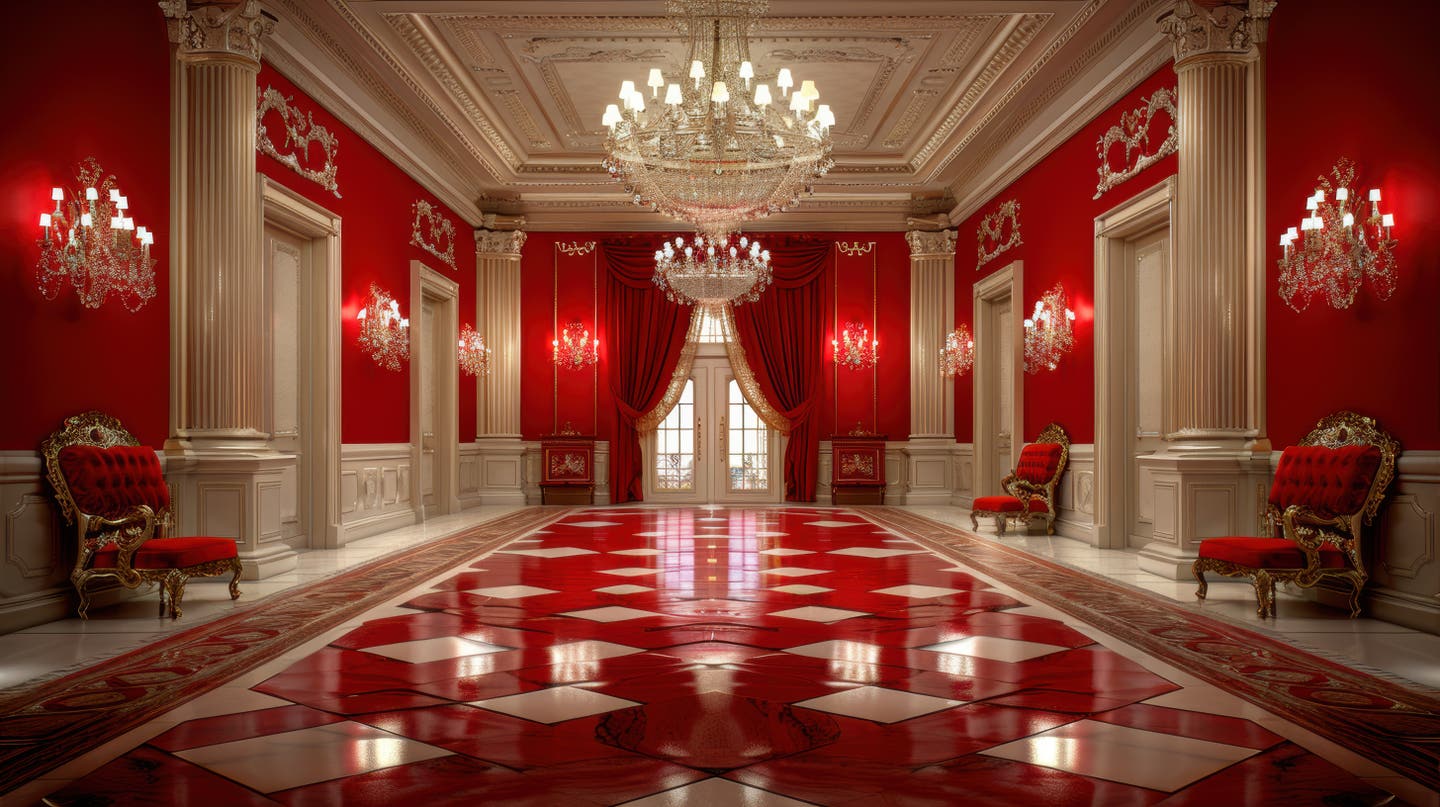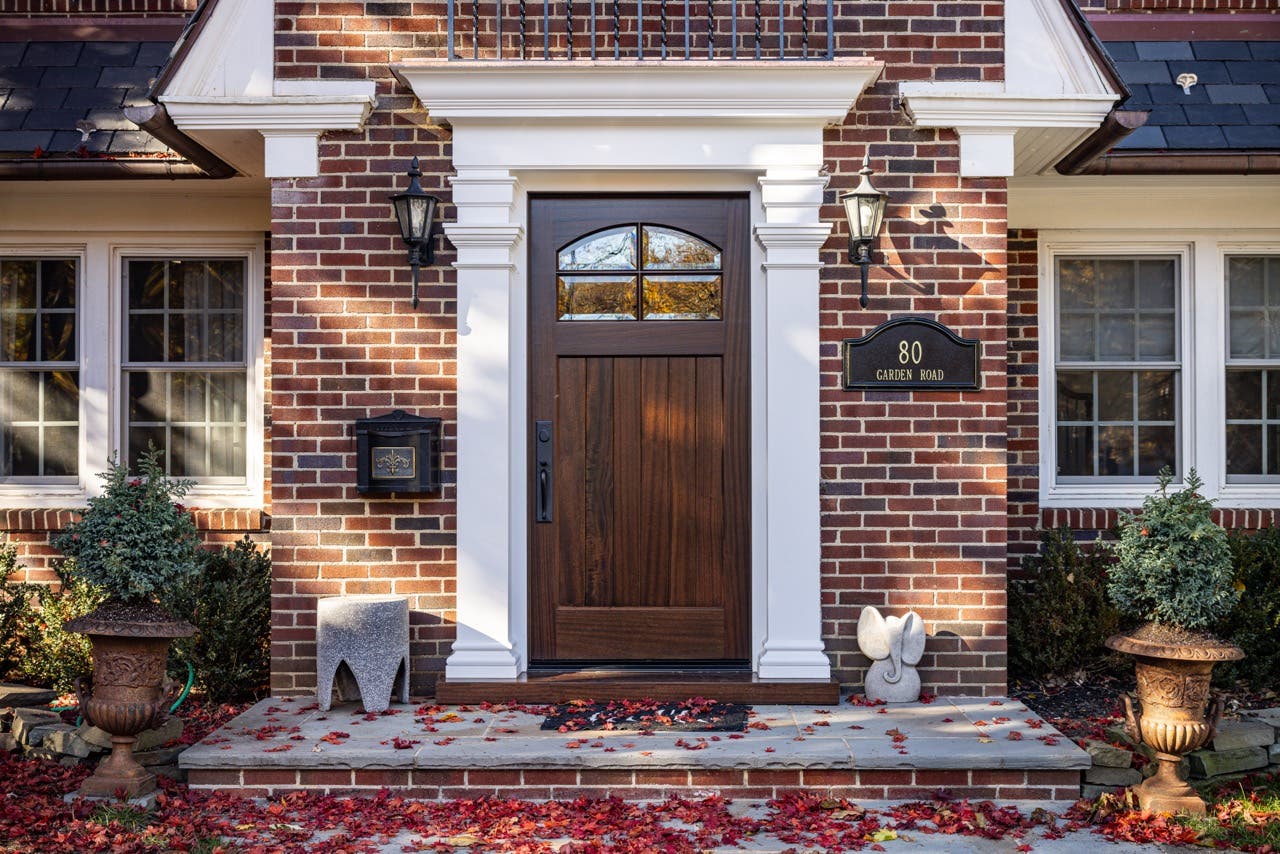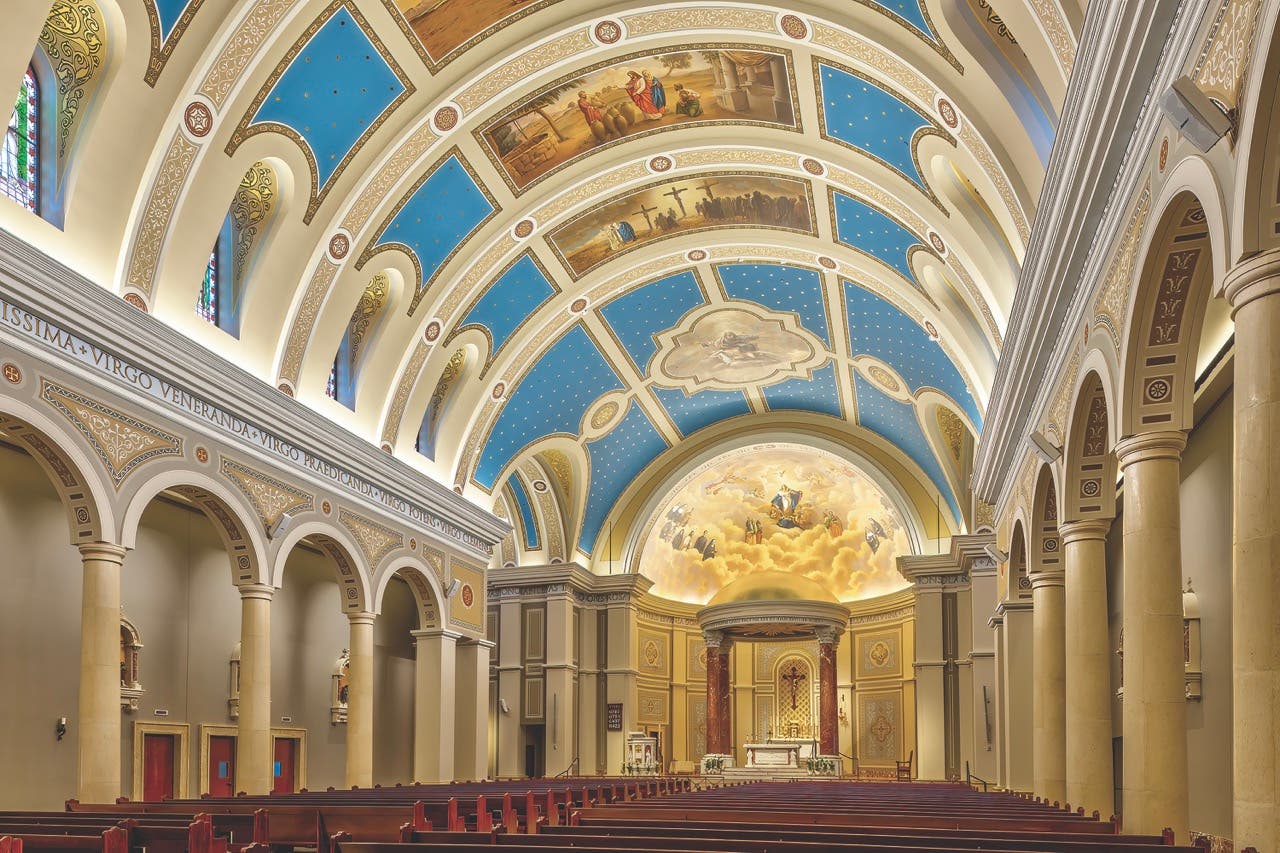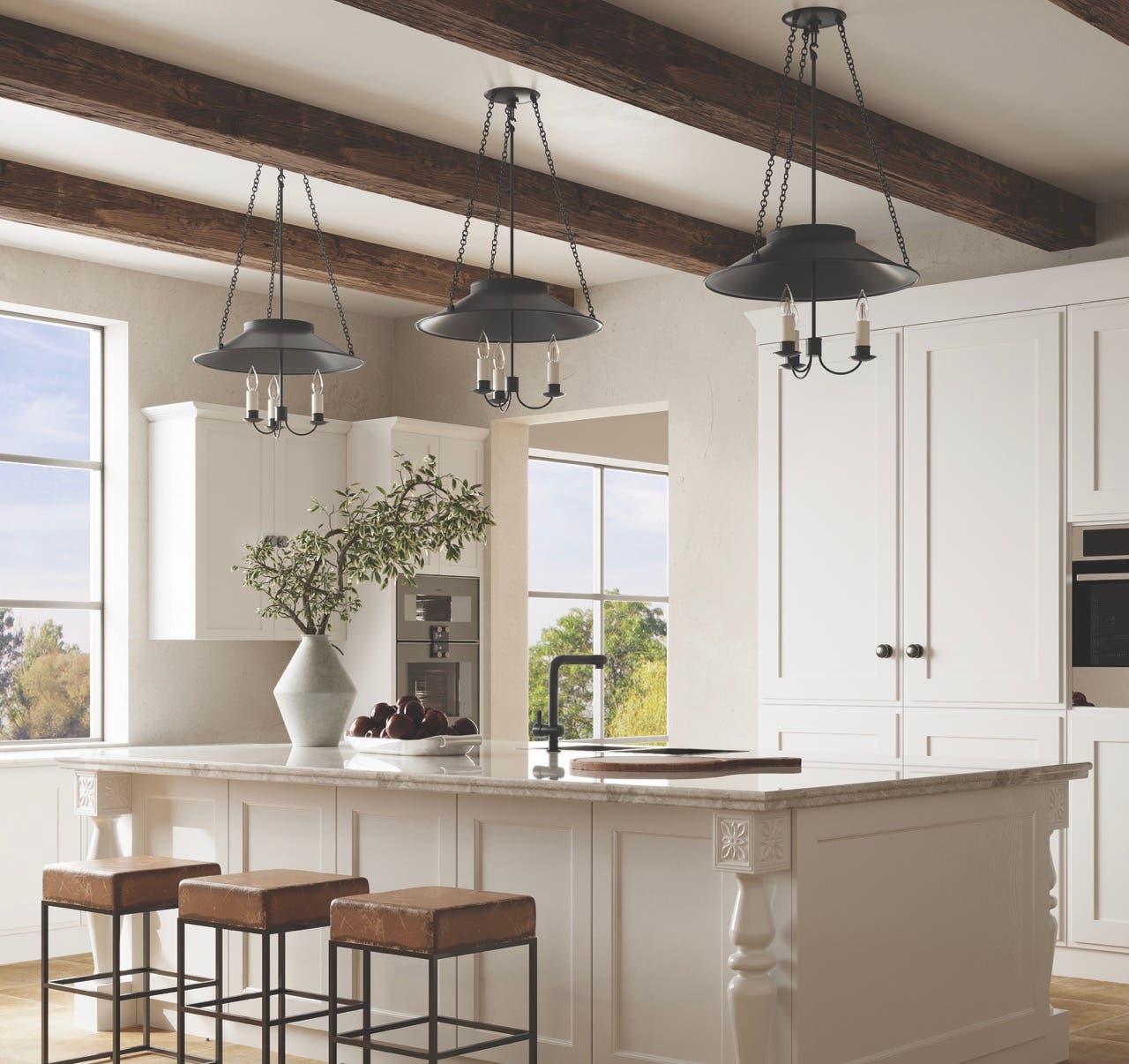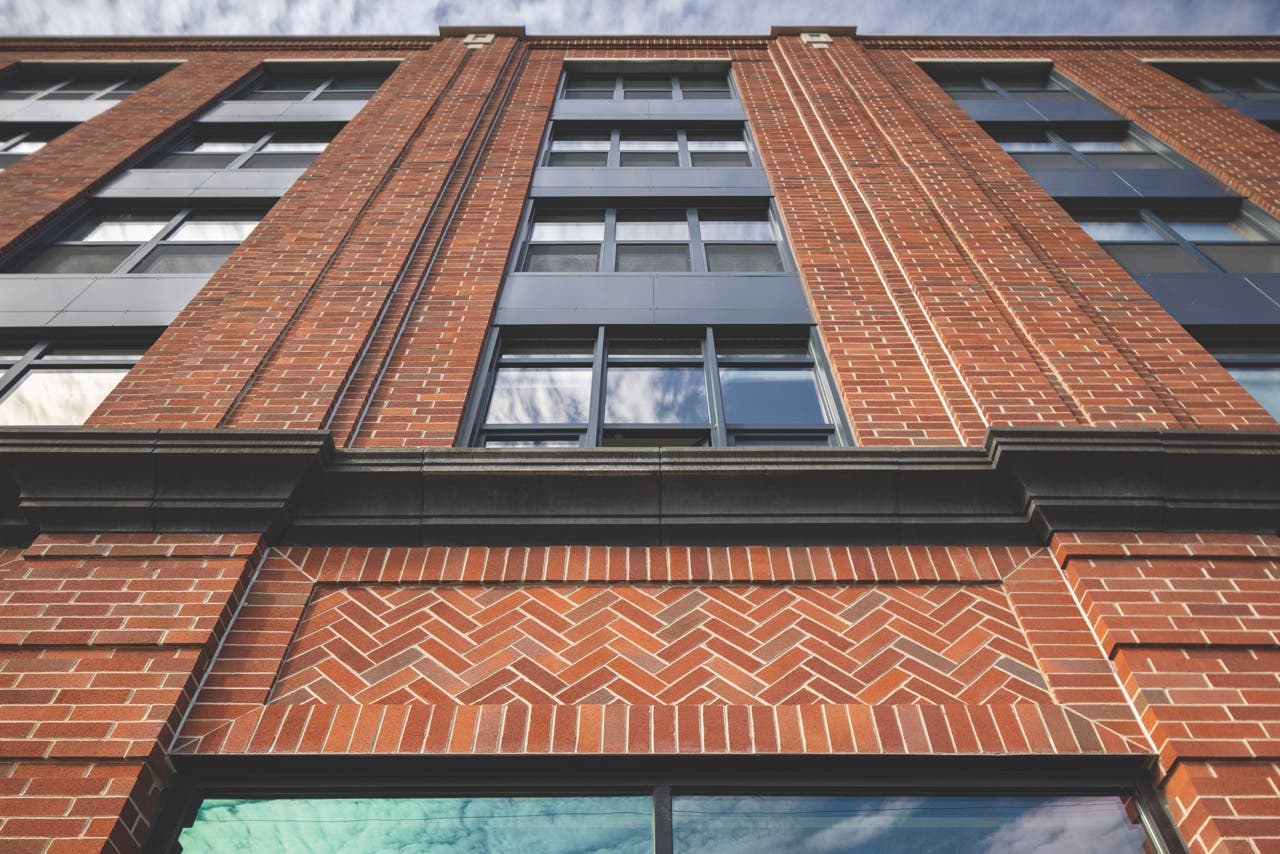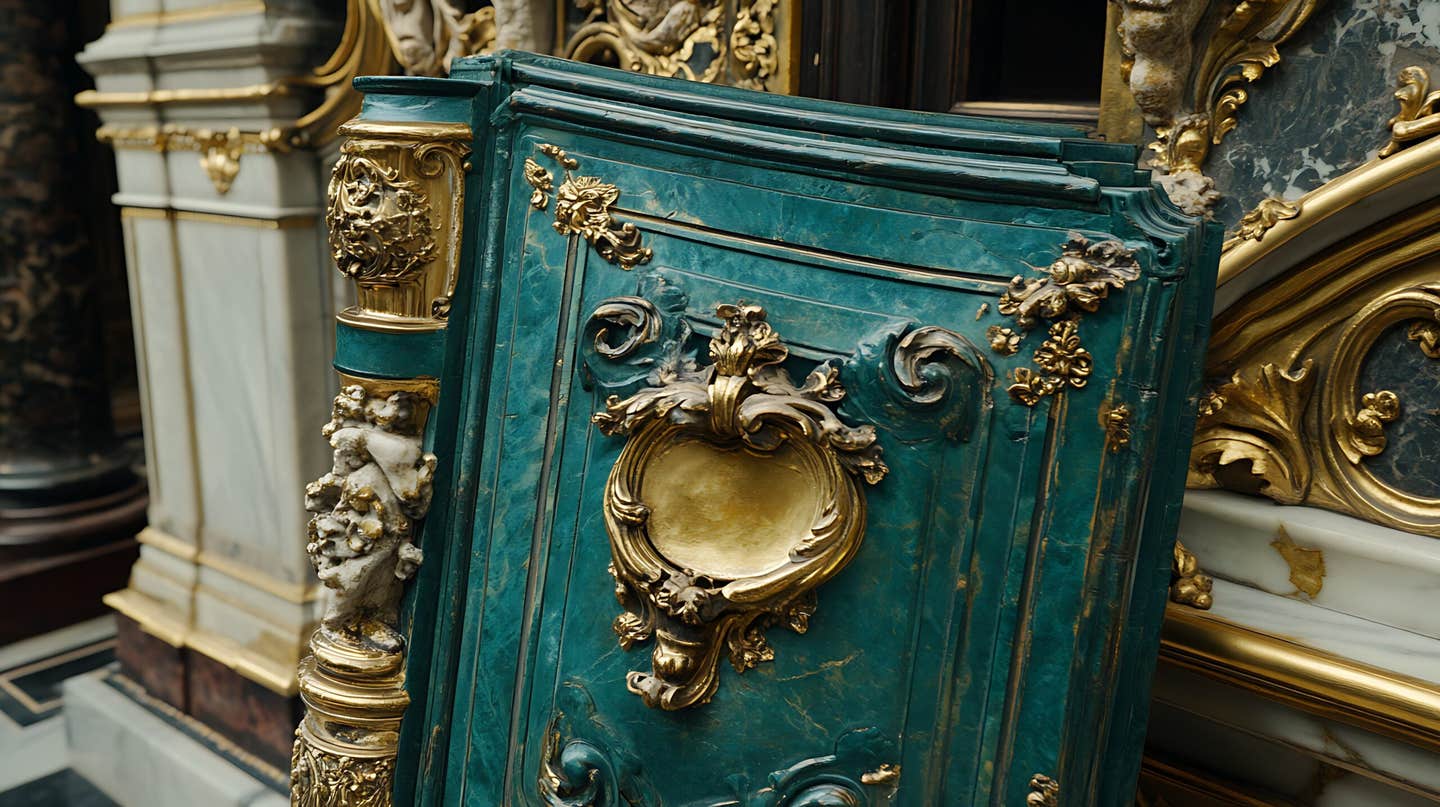
Product Reports
Past Perfect: The Companies Turning Salvaged Architecture into Living History
Salvage offers a way to introduce patina and provenance in a period-inspired design.
Architectural artifacts salvaged from old buildings are the precious pieces of the past that reconnect us with our history.
It matters not whether the original structure they adorned is still standing; what’s important is the legacy they provide. Their importance is manifold: They can be used to reproduce original components that are missing or can be placed in new spaces to add historic style. But decoration aside, perhaps their greatest purpose is the lessons they teach today’s craftspeople about all those who went before them.
In the last decades, there has been a new appreciation for architectural salvage, whether it’s an important 19th-century stained-glass window or old wooden barn planks reclaimed for use in a new traditional-style home.
Here are some of the key companies that have been saving pieces of our heritage for decades.
Architectural Accents
Since its opening in 1981, Architectural Accents has been a one-stop shop specializing in European antique architectural features.
It also sells new hardware from dozens of manufacturers around the world and offers a proprietary collection of cast-stone statuary, chimney pieces, lanterns, and wrought-iron light fixtures.
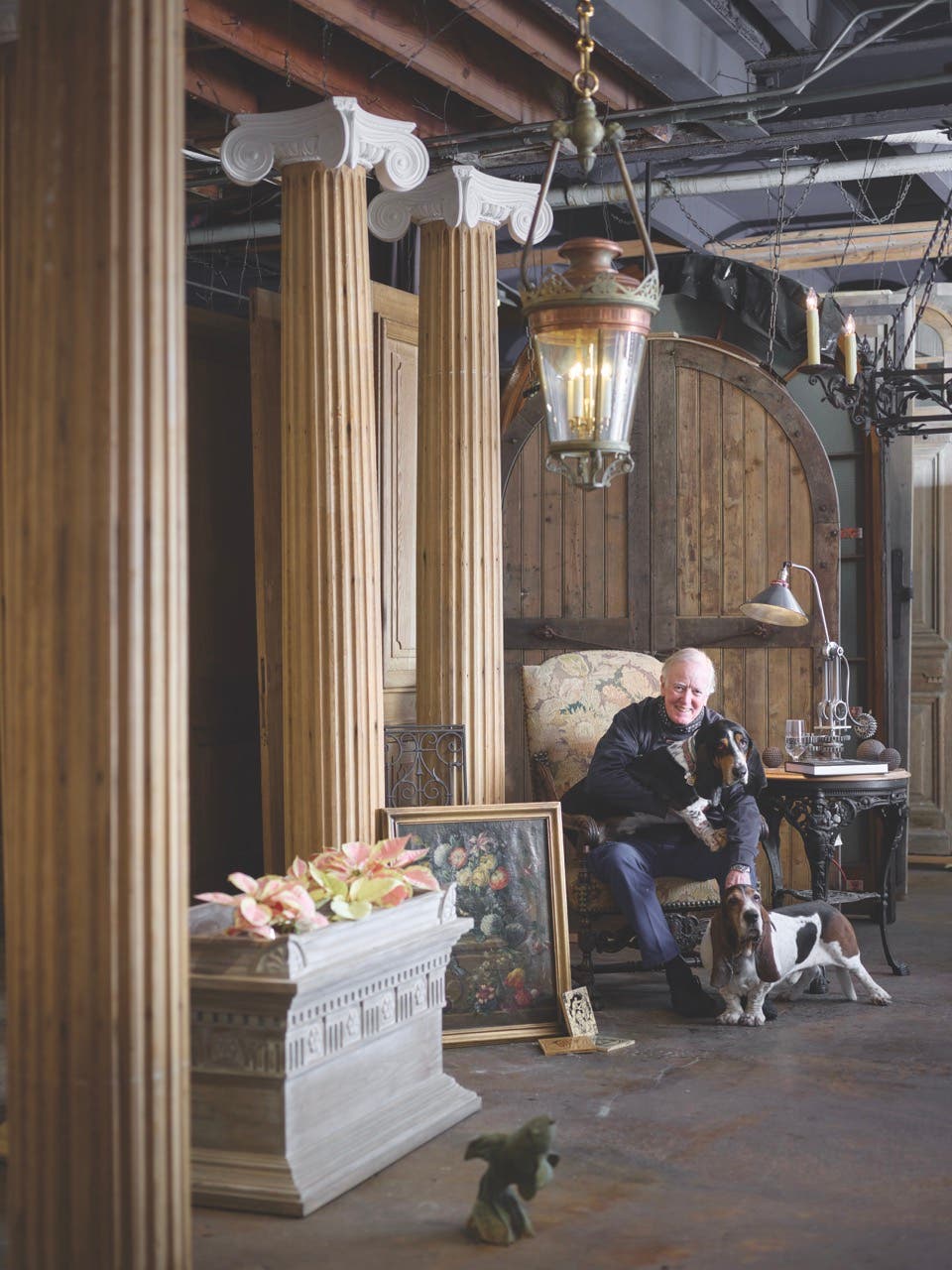
and owner of Architectural Accents.
Photo by David Christensen courtesy of Scout Guide Magazine
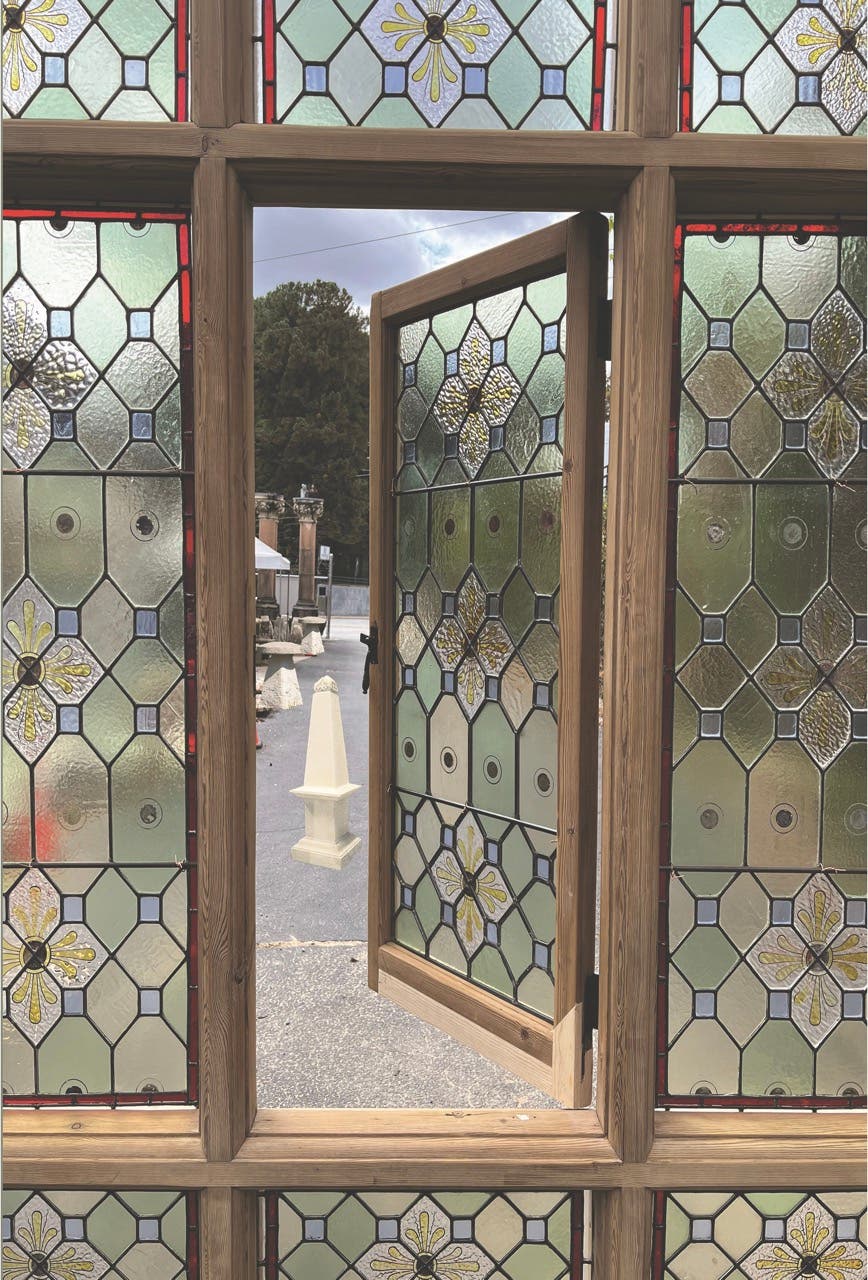
complete with working casement, by Architectural
Accents.
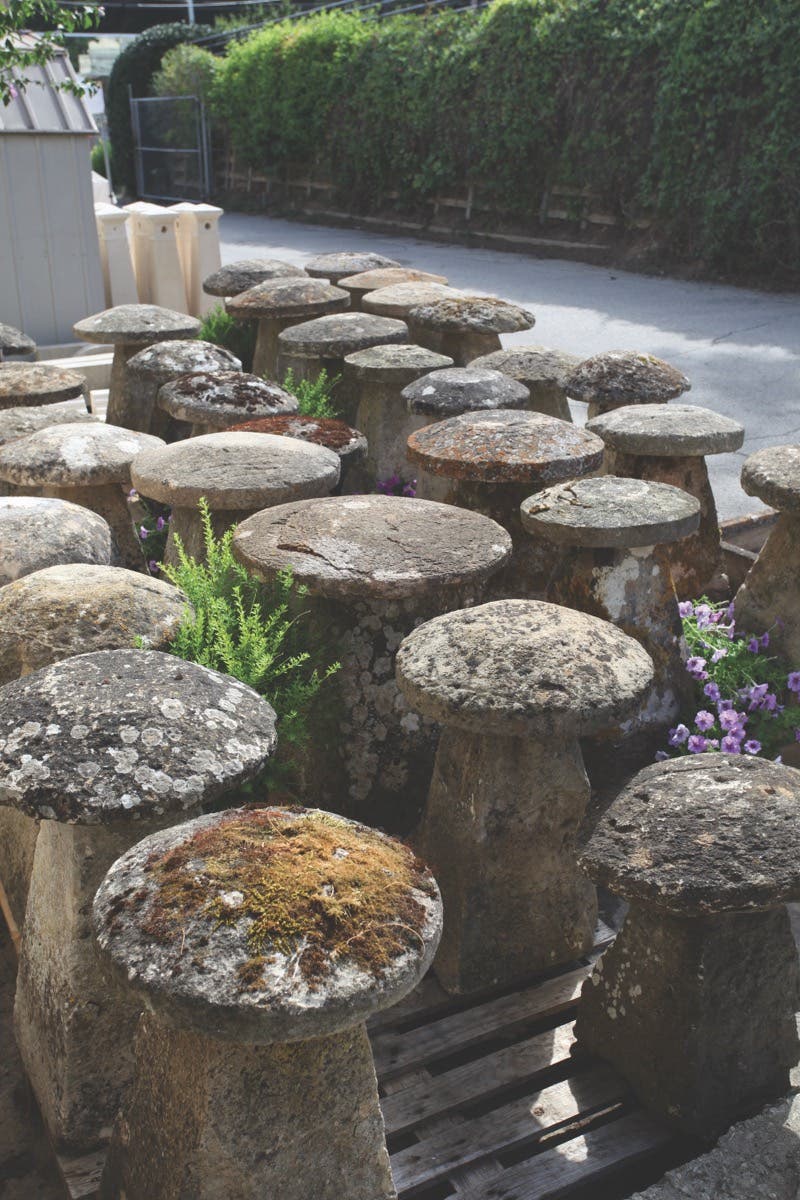
stones from the Cotswolds.
“The original idea was to have a business that could find items that were scheduled for destruction, buy them and restore them,” says founder/owner Charles J.C. Nevinson. “This would entail, for example, taking paint off doors, repairing any damage often hidden by the paint, and then preparing and installing hardware, pre-hanging doors, refinishing them, and preparing them for installation.”
The idea was an immediate success, immediately attracting architects and designers. “Since then, we have been a source for clients from coast to coast,” Nevinson says. “And we have a demand from international clients.”
The Atlanta-based company is in a 30,000-square-foot building that formerly housed a dairy that was part of a national chain. Saved from the wrecking ball, the structure, which is on 2.5 acres in Buckhead, houses a stripping operation, a carpentry shop, a polishing shop, a workshop that is UL listed for light restoration, a refinishing shop, a lock-repair shop, and a drafting office.
Architectural Accents has a vast inventory that encompasses hardware, windows, stained glass, doors, entryways, lighting, mantels, columns, ironwork, statuary, and garden objects, fireplace accessories, cabinet hardware, door furniture, lanterns, gates, balconies, and 19th-century tile.
In addition to supplying material for a number of public buildings, including the Cathedral Basilica of St. John the Baptist, the Georgia State Capitol, the Georgia Governor’s Mansion, and the Sidney O. Smith Federal Building & United States Courthouse, pieces from Architectural Accents have appeared in a number of Hollywood films, including “My Cousin Vinny,” “The Hunger Games,” franchise and “Driving Miss Daisy.”
Liz’s Antique Hardware
Established in 1979, Liz’s Antique Hardware carries over 1 million pieces of hardware dating from 1860 to today in all design styles that were made since the beginning of the Industrial Revolution–Eastlake, Victorian, Arts & Crafts, Art Deco, Streamline, Mid-Century Modern, and Postmodern.
“Salvaged pieces are the literal building blocks of historic preservation,” says company founder Liz Gordon. “Salvage brings historical accuracy to a preserved building, providing authentic detail while preserving material culture.”
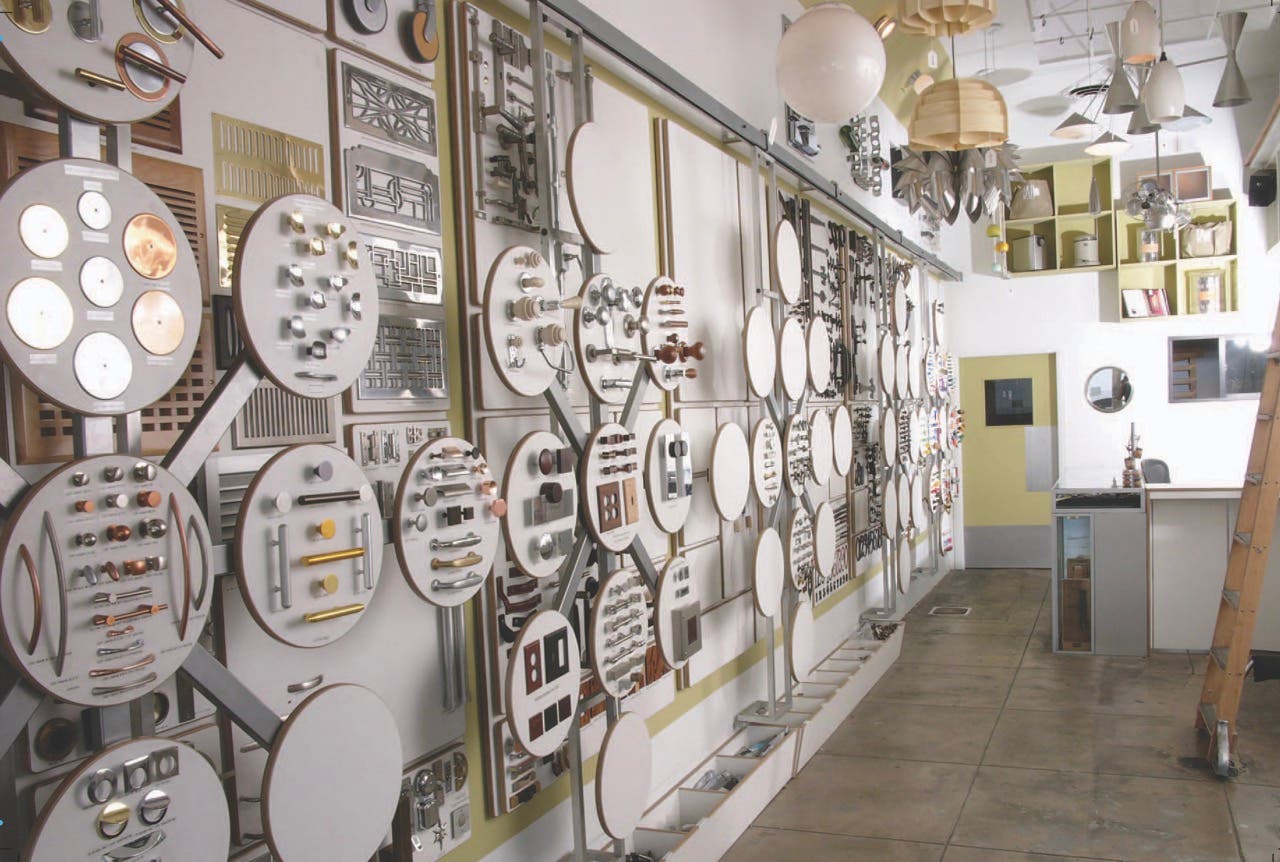
are available at Liz’s Antique Hardware. Photo by Ilvio Gall
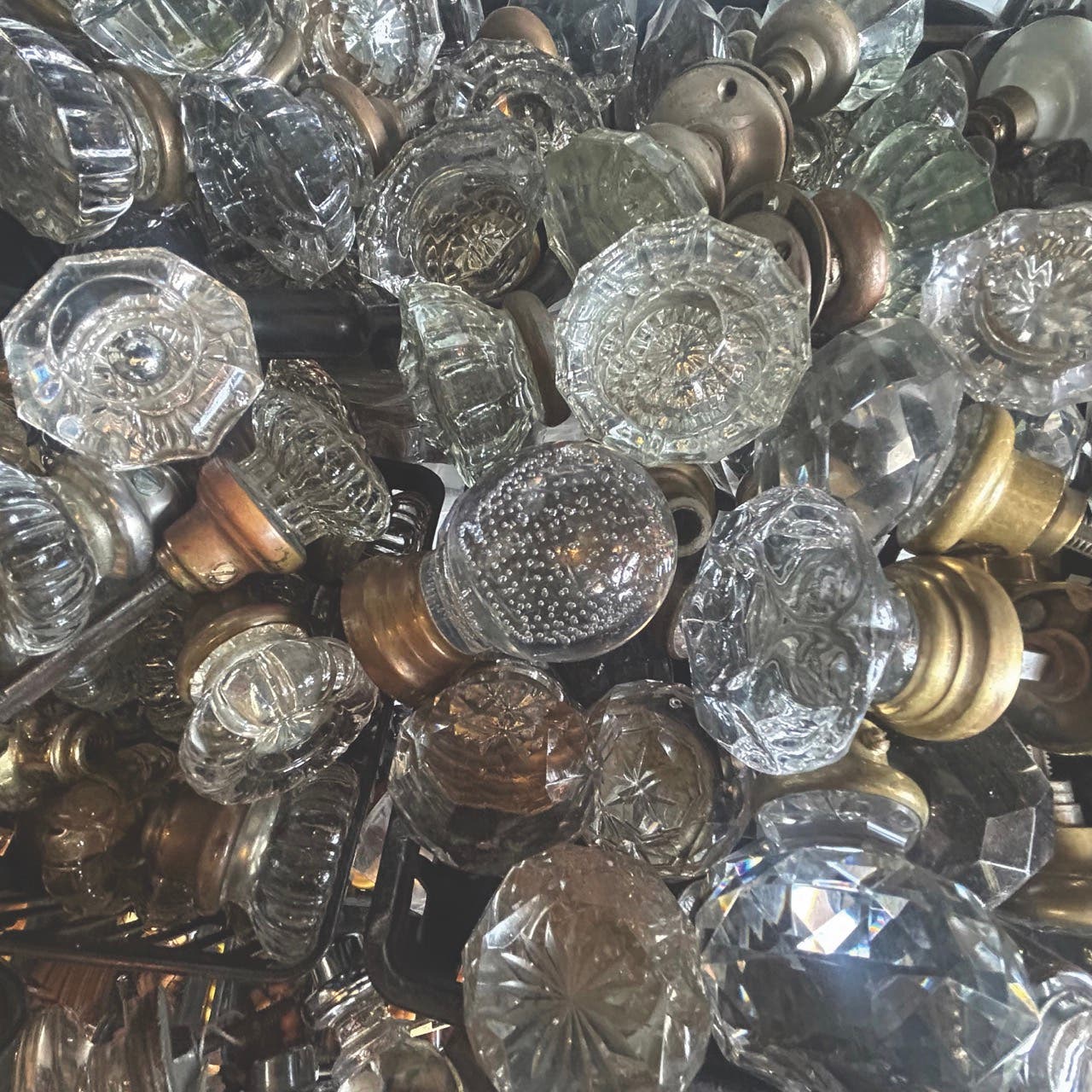
doorknobs in a variety of styles. Photos by Liz Gordon

The company, whose hardware has been placed in several historic buildings, notably the Chateau Marmont Hotel in Los Angeles, specializes not only in architectural hardware but also lighting and bath accessories.
“We clean and remove paint but sustain the original patinas of all the items we sell,” Gordon says. “And all lighting is rewired and restored.”
The company began with Gordon’s purchase of the contents of a 4,000-square-foot warehouse in Chicago. It was the hardware that caught her eye, and she began to sort it and learn about its function, design, and application, making the company a go-to wholsale resource for antiques dealers looking for missing pieces.
Thirty years ago, she moved the company to California, and 18 years ago, she opened The Loft at Liz’s Fine Art Gallery, where she curates the Diverted Destruction show, which features installations of broken items that are given away to people who create assemblage art or to those who want to upcycle or reuse them.
“We continue to evolve,” she says, “by creating new designs and reproductions that are exclusively manufactured for us.”
Urban Remains
A gallery as well as a museum, Urban Remains specializes in historically important American architectural artifacts from the late 19th and early 20th centuries.
The architectural ornament, salvaged from commercial and residential buildings, ranges from custom-designed exterior terra cotta and iron to interior elevator grilles, door hardware, art-glass windows, light fixtures, signage, plaster ornament, and structural components.

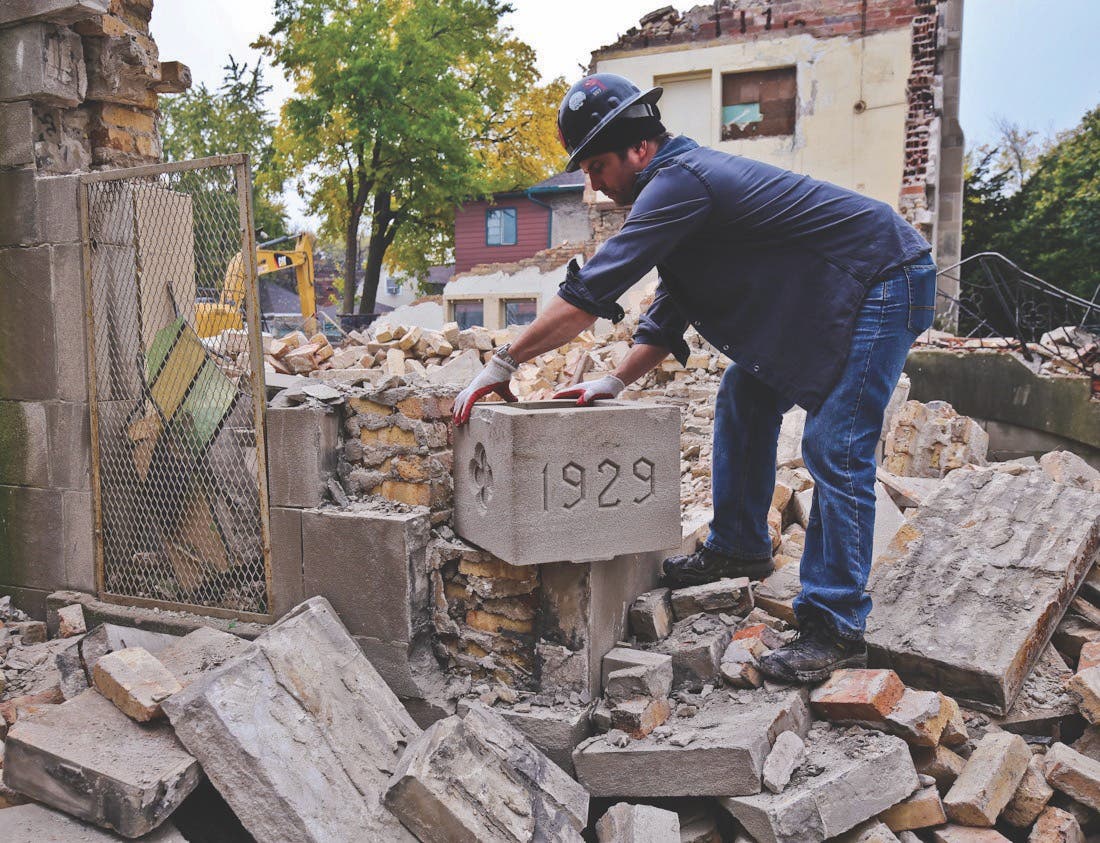

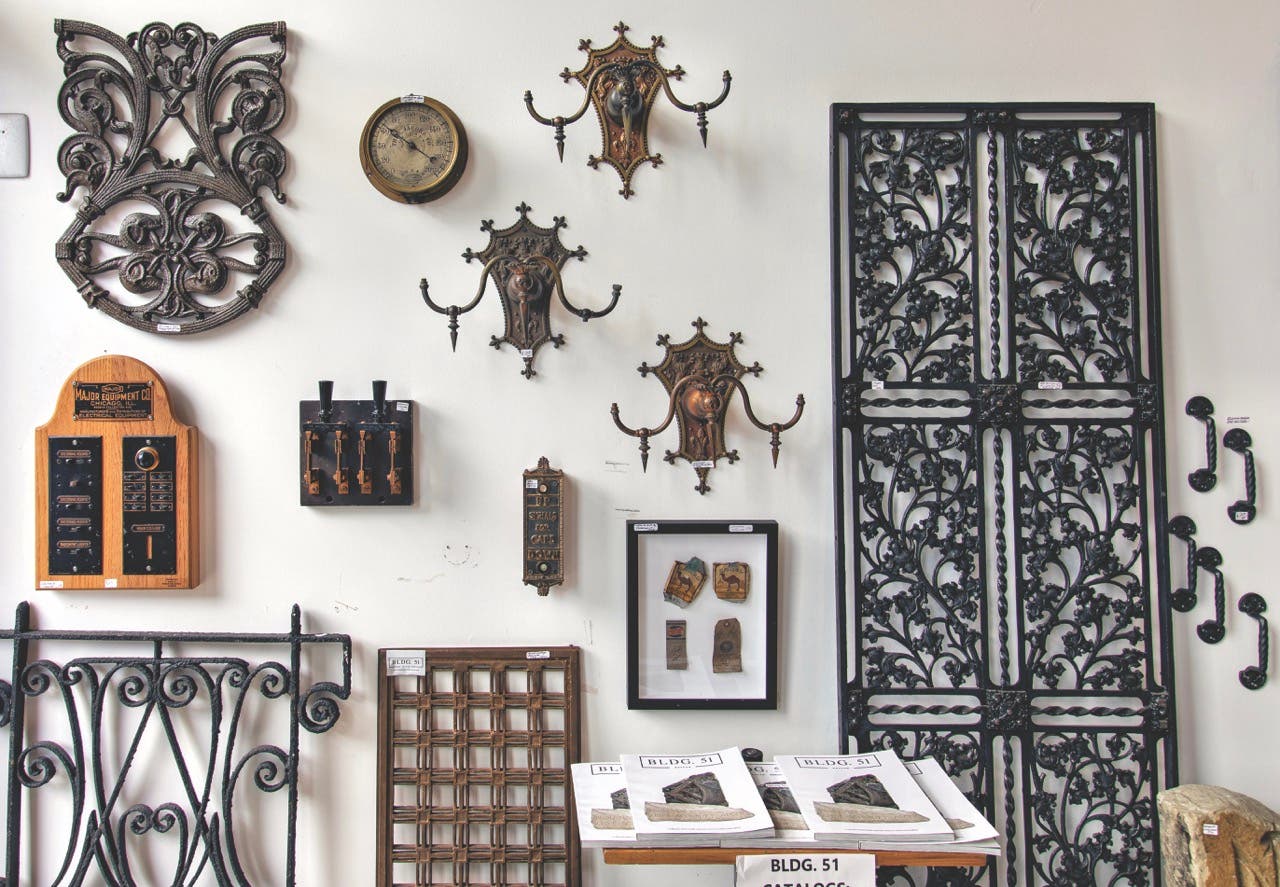
grilles to art-glass windows. Specializing in architectural artifacts from the late 19th and early 20th centuries, and
believes in the importance of preserving and saving the past. Urban Remains began seeking salvage nearly 25
years ago. Photos by Urban Rem
“We make a concentrated effort to both educate and sell the narratives behind buildings of importance,” says Eric J. Nordstrom, who founded the Chicago-based company nearly 25 years ago.
To that end, in addition to selling the artifacts, Urban Remains has loaned or donated pieces to various museums in The Windy City, including the Art Institute of Chicago, the Griffin Museum of Science + Industry, and the Driehaus Museum.
Nordstrom sees his business not only as a place to sell important artifacts but also as a platform to create or maintain awareness of the importance of the past and what he calls “the stories that exist or are waiting to be discovered.”
Urban Remains also creates connections. “It offers the ability to reach out to people who may not have the level of understanding or even awareness of the work being done but can at least appreciate it for what it is.”
And, he adds, “it’s a chance to pass the torch to younger generations to keep historic buildings alive despite–in many cases– the erasure of their physical existence.”
Wooden Nickel Architectural Antiques
Established in Cincinnati in 1976 when blocks and blocks of Victorian-era buildings were being torn down, Wooden Nickel Architectural Antiques specializes in the sale of large-scale items such as saloon bars, chandeliers, fireplace mantels, statuary, and ironwork as well as ornate carved furniture from the mid-to late 1880s.

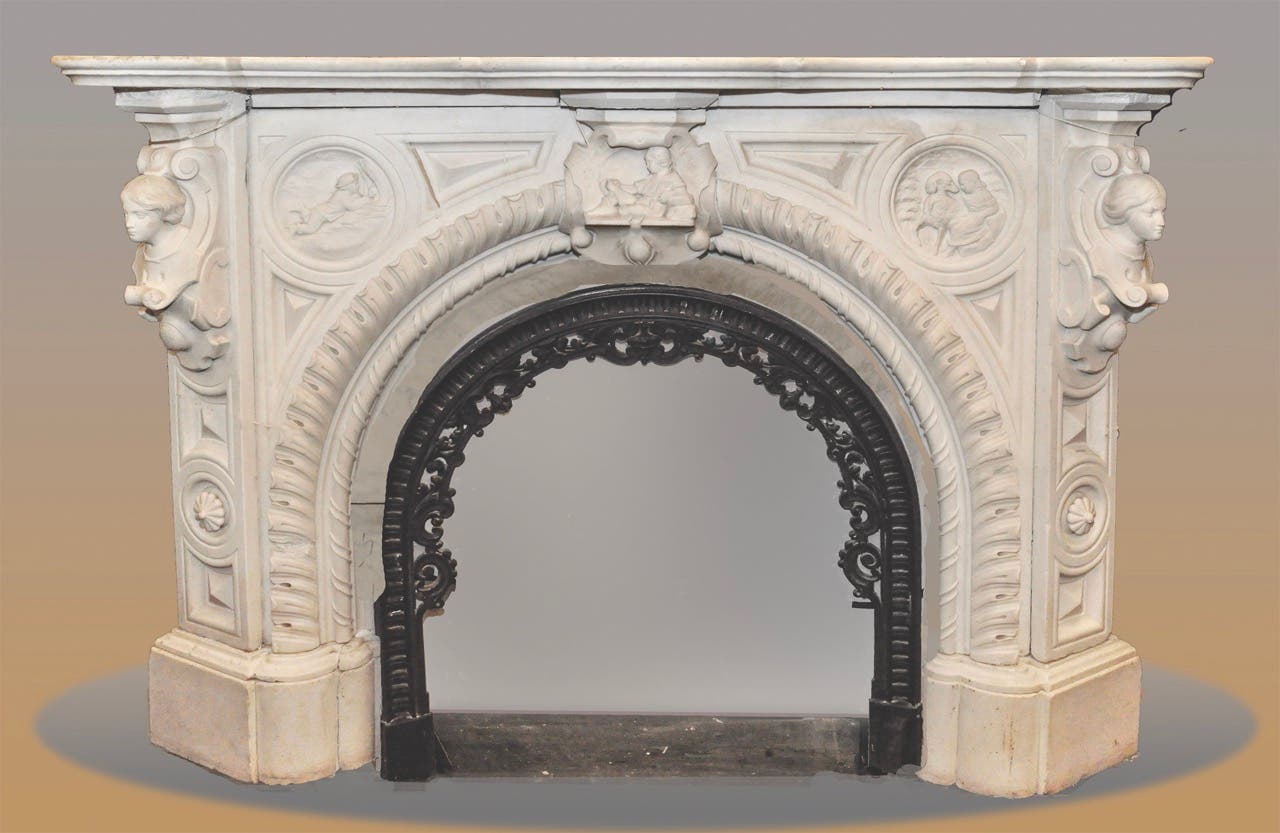
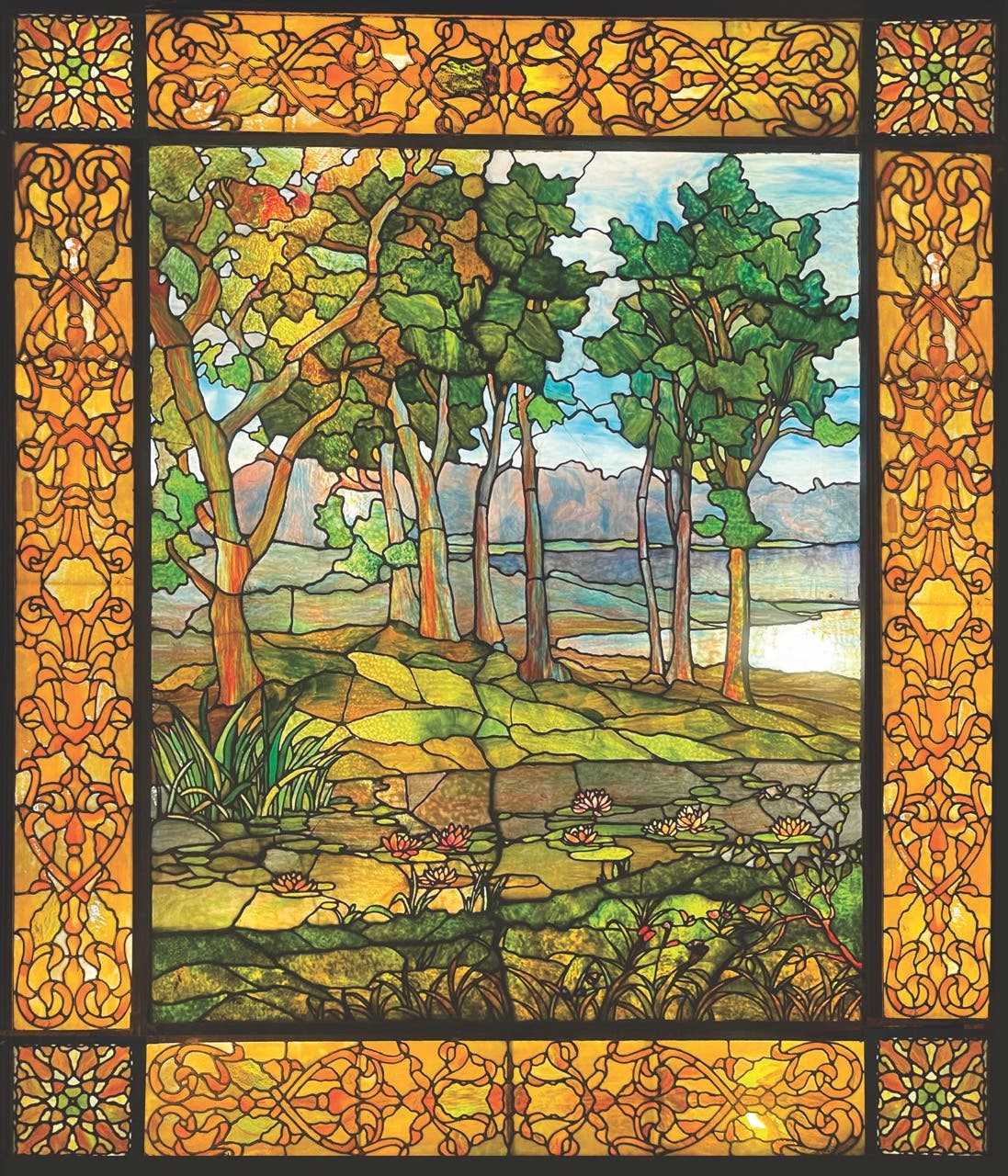
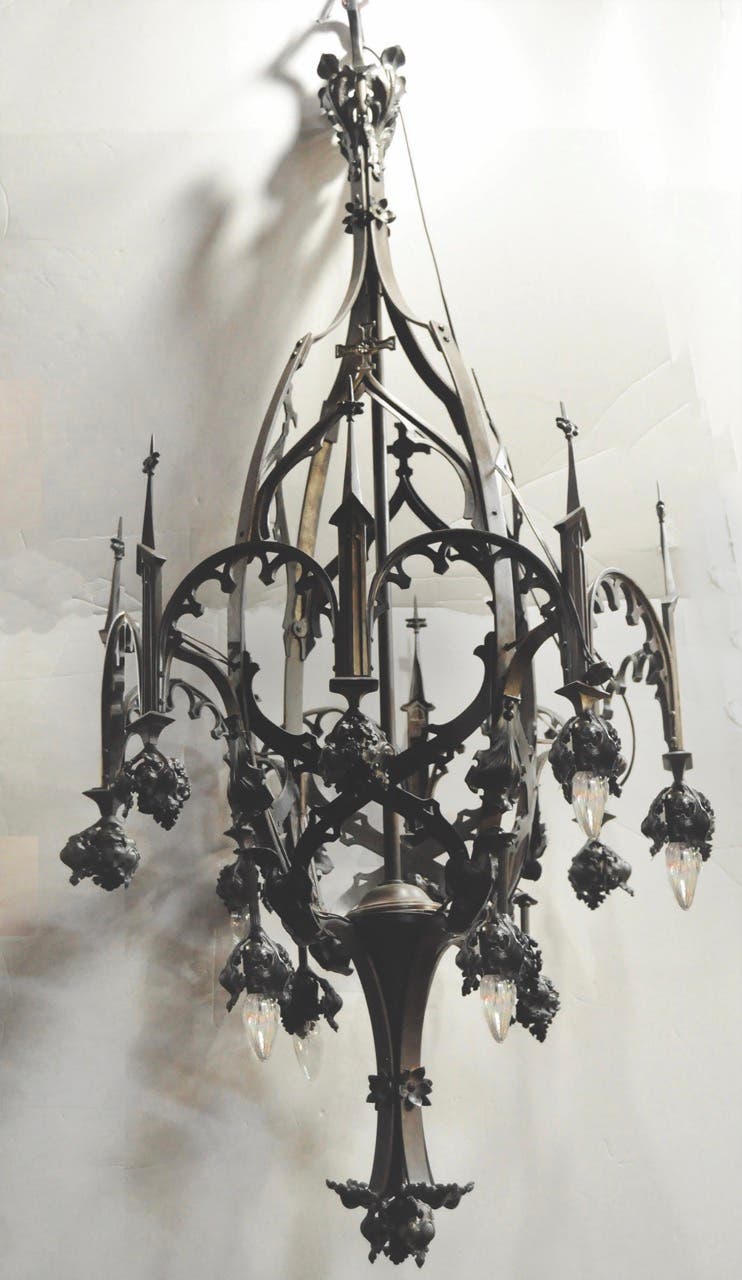
Wooden Nickel Architectural Antiques. This ice cream bar has an arched frame that’s illuminated. There are several large stained-glass windows in stock, including this Rudy Brothers example. Photos by Wooden Nickel Architectural Antiques
The company’s inventory is vast–the showrooms take up an entire block in a historic neighborhood and what doesn’t fit there is stored in a nearby warehouse.
Owners Michael and Patty Williams, who were in charge of selling off items from the iconic Cincinnati Music Hall when it was undergoing renovation in 2017, supply pieces to bars and restaurants and homeowners around the country.
Wooden Nickel Architectural Antiques, which has a carpentry and finishing shop, restores items and also sells and repairs large stained-glass windows.
Through the years, the shop’s inventory has ranged from signed Tiffany glass shades and Rookwood wall fountains to Belle Epoque cast-bronze ornamental theater marquees.
The Williamses are passionate about the role they play in preserving the past.
“Salvage operations obviously keep the fine craftsmanship out of the landfill to live on and be admired for more generations,” Patty says. “These pieces have a level of quality that has become quite rare in our time.” TB
Other Key Suppliers
- The Old House Parts Co. oldhouseparts.com
- Portland Architectural Salvage portlandsalvage.com
- Re:Purpose Savannah repurposesavannah.org
- Second Chance secondchanceinc.org



